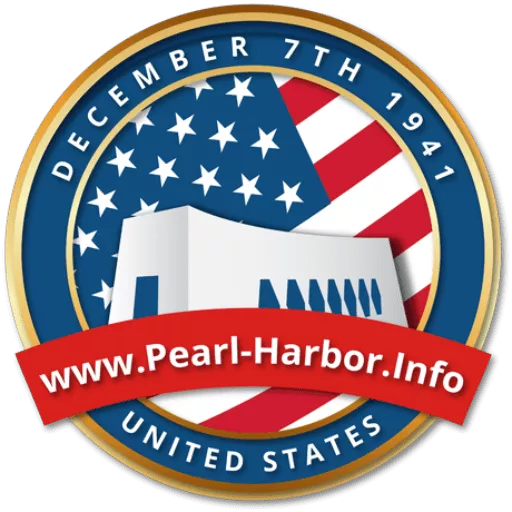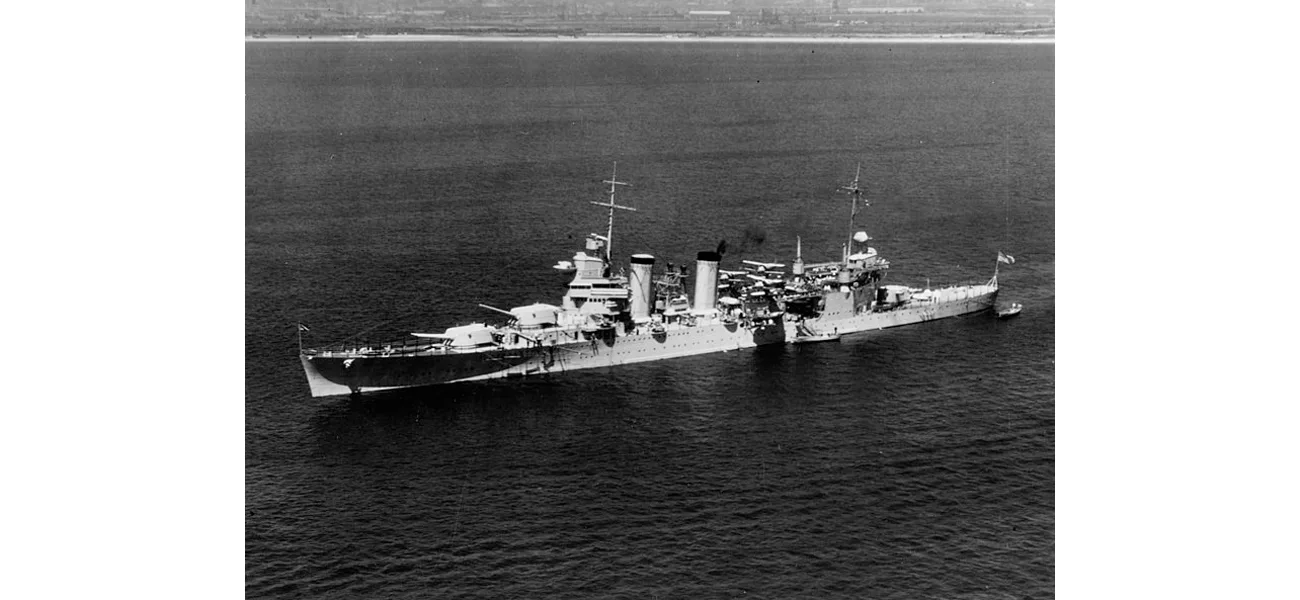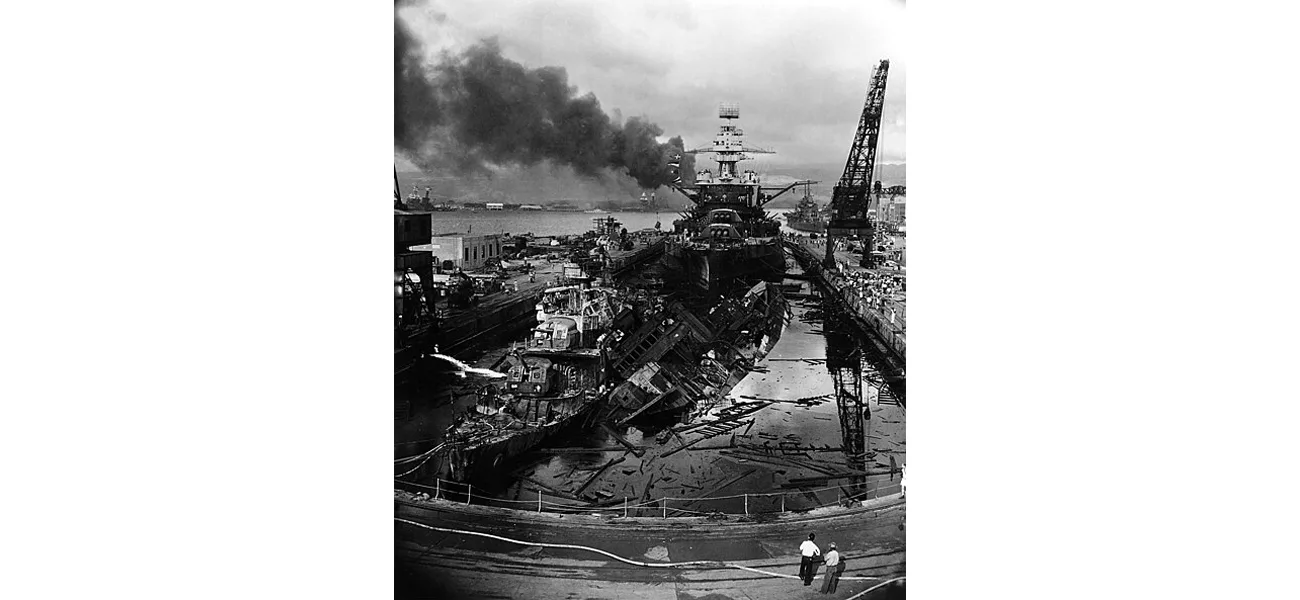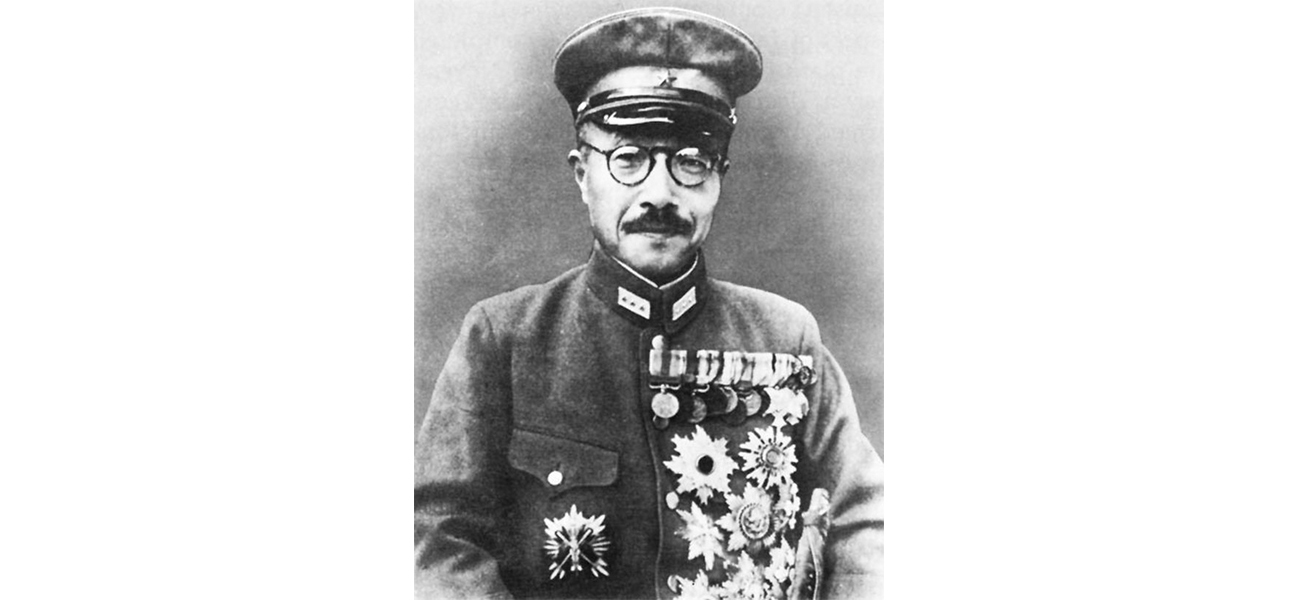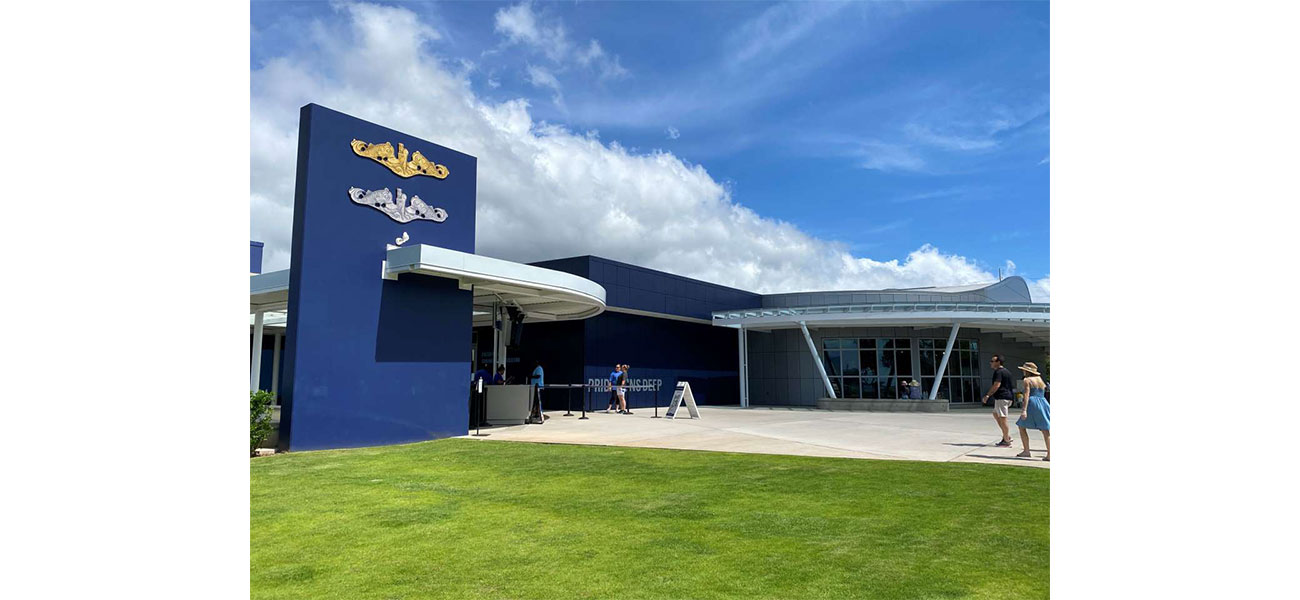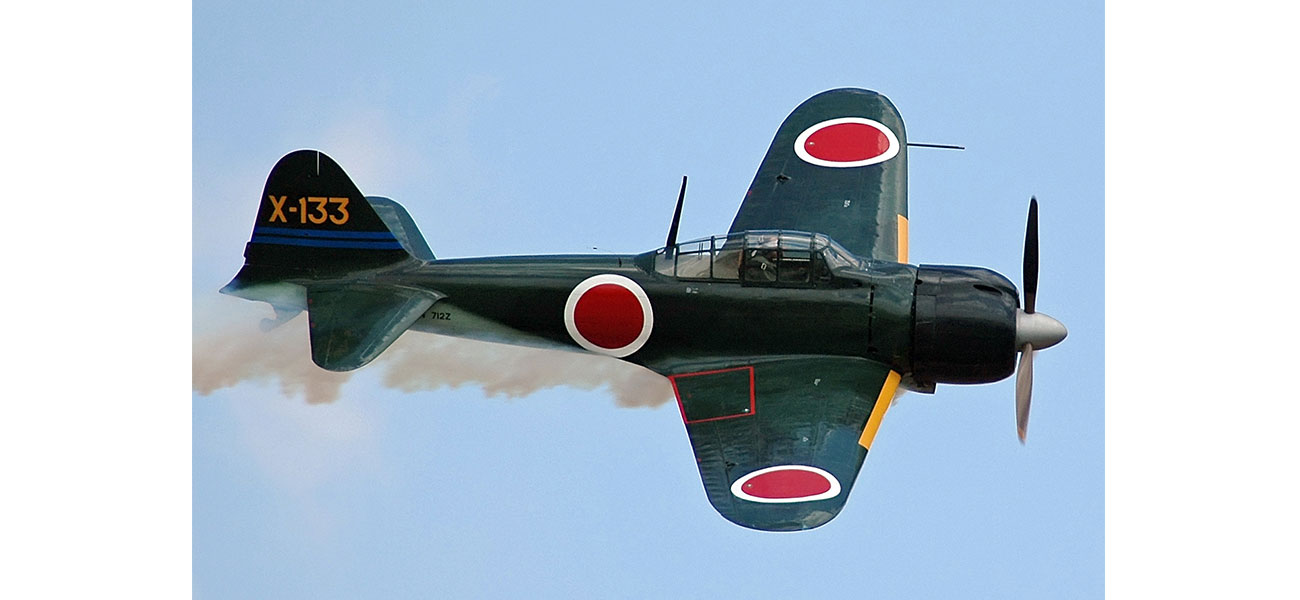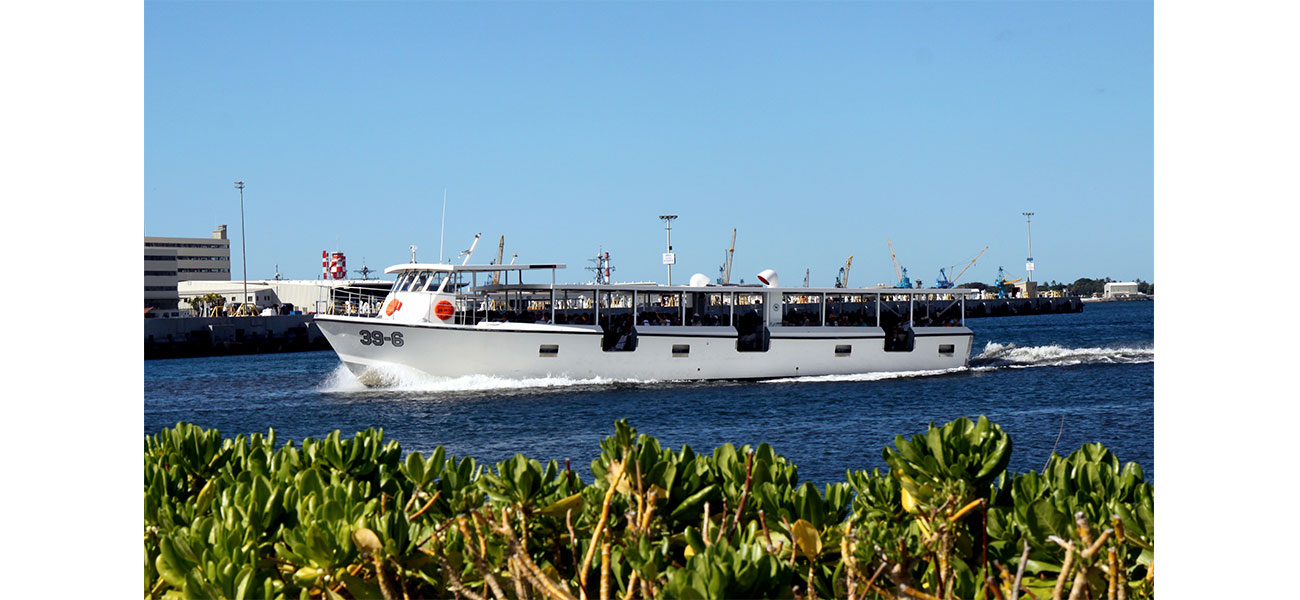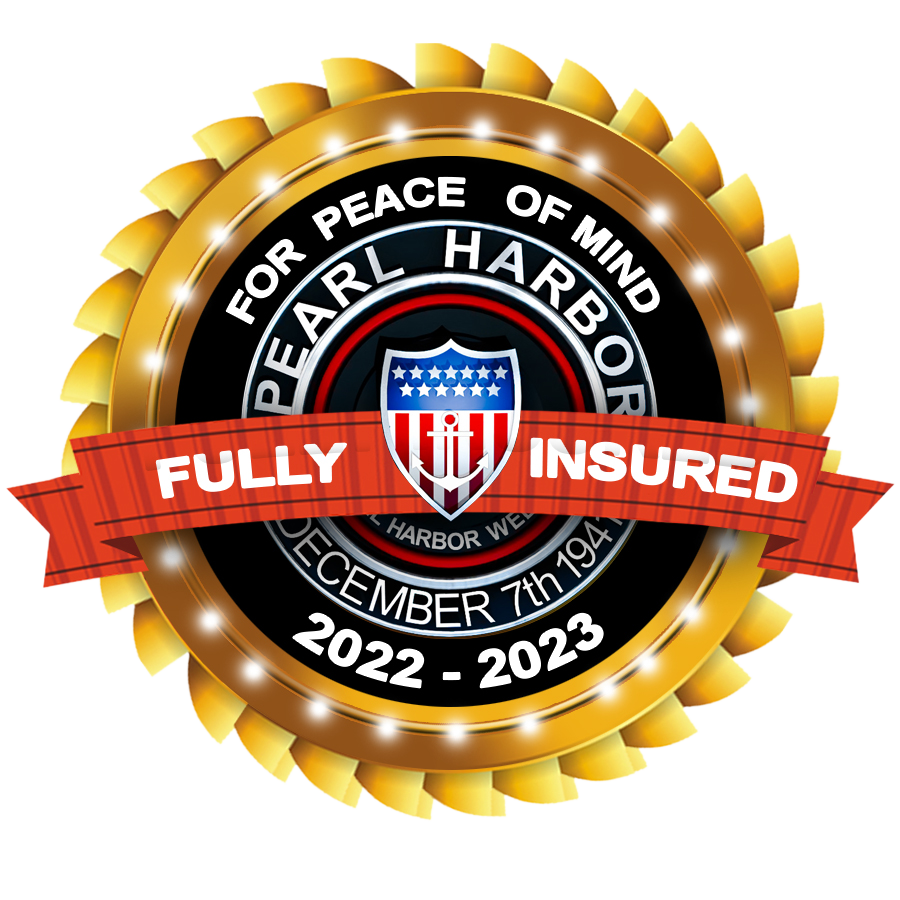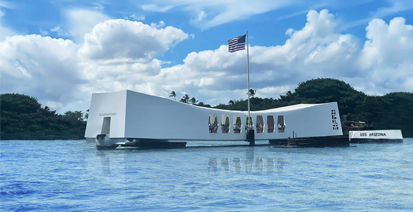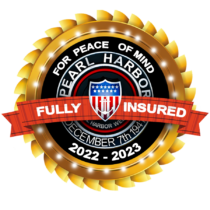Ships of Pearl Harbor: USS San Francisco
Amidst the many ships that played pivotal roles during this time, the USS San Francisco holds a place of honor. The USS San Francisco (CA-38) was a New Orleans-class heavy cruiser that played a crucial role in the Pacific Theater during World War II. Commissioned on February 10, 1934, the ship’s early years were marked by routine patrols and training exercises, preparing her for the trials that lay ahead.
Designed with both power and durability in mind, the USS San Francisco boasted impressive technical specifications. She measured 588 feet in length, had a beam of 61 feet, and could reach speeds of up to 32.7 knots. Her armament included nine 8-inch guns, eight 5-inch anti-aircraft guns, and multiple smaller caliber weapons, making her a formidable opponent in battle.
Role in Pearl Harbor
The USS San Francisco was an unlikely survivor of the devastating Pearl Harbor attack. Undergoing repairs at the time, the ship was largely defenseless, with its ammunition stored and many crew members absent. Miraculously, it escaped unscathed from the Japanese onslaught. Rather than playing an active role in the battle, the USS San Francisco’s significance lies in its subsequent contributions to the Pacific War. The ship would go on to become a formidable force, enduring heavy damage and countless battles. Its survival at Pearl Harbor was a testament to both fortune and the resilience of the U.S. Navy.
After undergoing extensive repairs, the USS San Francisco continued to serve valiantly throughout the war. She participated in the Battle of Leyte Gulf and other significant operations, contributing to the ultimate Allied victory in the Pacific.
Key Battles and Operations
Following the attack on Pearl Harbor, the USS San Francisco was thrust into the heat of battle. She participated in several critical engagements, including the Battle of Guadalcanal, where her crew displayed extraordinary bravery. During the naval battle on November 13, 1942, the ship endured significant damage but played a crucial role in securing an Allied victory.
Decommissioning
The USS San Francisco was decommissioned on February 10, 1946, exactly twelve years after her commissioning. Despite her decommissioning, her legacy lives on through numerous memorials and honors that celebrate her contributions to the war effort and the bravery of her crew.
The technological advancements and strategic importance of the USS San Francisco had a lasting impact on naval warfare. Her design and armament influenced subsequent classes of cruisers, and her performance in battle demonstrated the critical role of heavy cruisers in naval strategy.
Memorials and Honors
Several memorials honor the USS San Francisco and her crew, including a prominent display at Land’s End in San Francisco, California. The ship and her crew received numerous honors, including the Presidential Unit Citation and 17 battle stars.
The USS San Francisco has been immortalized in various forms of popular culture. She has been featured in books, documentaries, and films that highlight her heroic service and the broader context of World War II.
Visitors can pay their respects to the USS San Francisco at several memorials. The most notable is the USS San Francisco Memorial at Land’s End, which features a section of the ship’s bridge. Other related sites include Pearl Harbor and various museums dedicated to World War II history.
